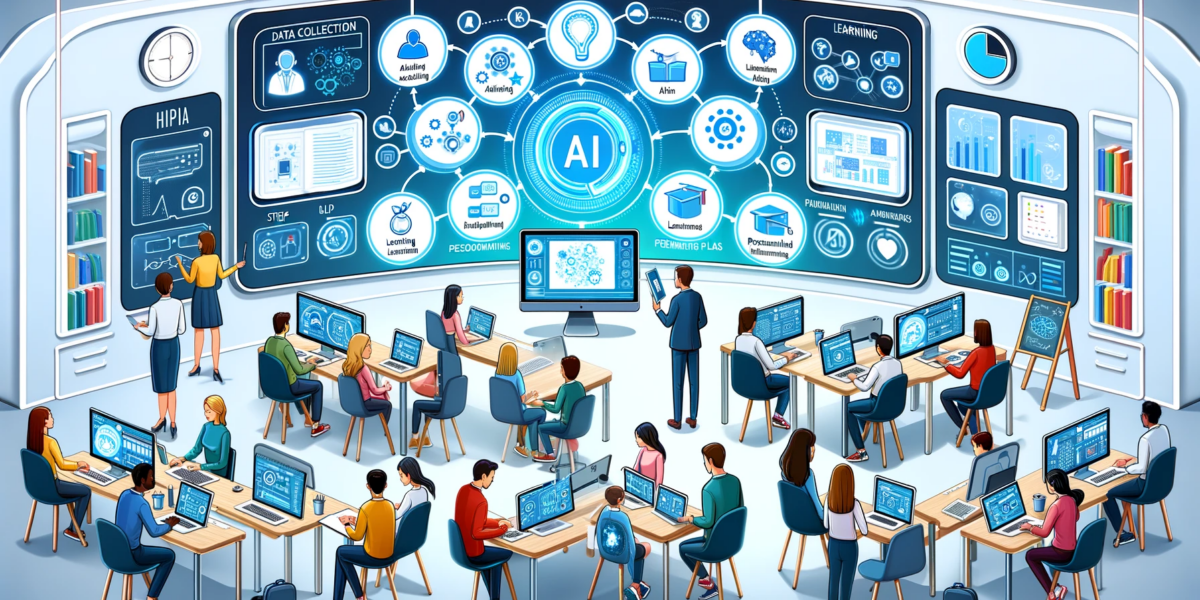Overview:
In today’s rapidly evolving educational landscape, artificial intelligence (AI) has the potential to revolutionize the way we teach and learn. However, many educators struggle to keep pace with these advancements due to a lack of training and resources. To bridge this gap, a team of researchers from The Hague University of Applied Sciences and the University of California, Santa Barbara, has developed the SELAR framework—a practical tool designed to help teachers incorporate AI into their curriculum effectively.
What is SELAR?
SELAR (Supportive Education Lectures AI Resource) is a structured framework designed specifically to assist teachers in integrating AI technologies into their existing teaching goals. This tool provides educators with a step-by-step process for adapting their course materials, making assessments AI-proof, and ensuring that learning objectives remain relevant in an AI-driven world.
Key Features of the SELAR Framework:
•AI Proofing Learning Goals: SELAR helps educators evaluate each learning goal to identify areas where AI can be integrated or automated, ensuring that the core competencies of the course remain intact.
•Assessment Integrity: Teachers can design assessments that are resistant to AI misuse, such as personalized assignments or in-class evaluations.
•AI Integration Guidance: The framework supports educators in making informed decisions about where AI tools can be incorporated to enhance teaching and learning.
•Iterative Development: SELAR is continuously improved through feedback from teachers, ensuring it remains a dynamic and relevant tool.
How it Works:
The SELAR framework operates in two main stages:
1.Updating Learning Goals: Teachers are guided through a process of reviewing their current learning goals to determine if AI can assist or enhance the learning process. This includes identifying which tasks can be automated and ensuring that the goals still require critical skills from the students.
2.Updating Learning Materials: Once AI integration is determined, SELAR helps educators modify course content and assignments, providing a clear workflow for how to effectively incorporate AI while maintaining the educational rigor of the course.
Workshops for Educators:
To facilitate the use of SELAR, workshops are held with educators to introduce them to the framework. During these sessions, teachers apply SELAR to their own modules, explore AI integration opportunities, and design AI-proof assessments. Feedback from these workshops has been overwhelmingly positive, with participants praising the structure and practicality of the framework.
The Impact:
By using the SELAR framework, educators can:
•Stay current with AI advancements and integrate them into their teaching.
•Ensure assessments are challenging and cannot be easily completed by AI tools.
•Empower students with the skills they need to thrive in a technology-driven world.
Looking Ahead:
SELAR is more than just a tool—it’s part of an ongoing initiative to enhance the role of AI in education. The framework will continue to evolve, with new iterations based on real-world feedback from educators. This ensures that SELAR will remain an invaluable resource for schools and universities aiming to stay at the forefront of technological advancements in education.
For more information on how SELAR can support your educational goals, or to join one of our upcoming workshops, contact us at info@datainnovationhub.eu.


